#veiled chameleon
Explore tagged Tumblr posts
Text


Please vote for whichever animal is cuter, not whichever one you like more!
#cute#animals#baby animals#bracket#tournament#poll#tumblr tournament#cute animals#poll blog#zoology#chameleon#veiled chameleon#australian owlet nightjar#nightjar#baby bird
60 notes
·
View notes
Text



Scale and Detail.
Huntsman spider (2.5x), Veiled chameleon, Crested gecko (1.5x). All shot using a flash, diffuser, Sigma 105 plus tubes, or a Nikkor 24mm prime reversed.
#photography#nature#nikon#original#photographers on tumblr#macro#insects#spiders#arachnids#reptiles#crested gecko#huntsman#chameleon#veiled chameleon#focus stacking#micro
33 notes
·
View notes
Note
I would like a chameleon and makeup themed moodboard for diana venicia





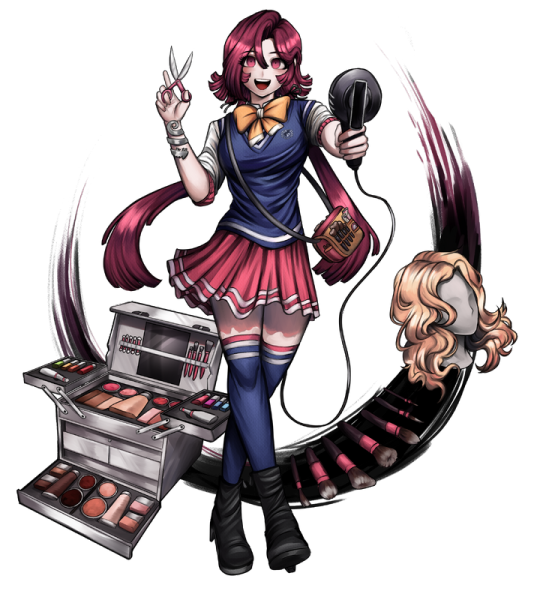




Diana Venicia (Project Eden’s Garden)
#livi’s moodboards#aesthetic#moodboards#moodboard#web original#video games#fanganronpa#project eden's garden#project: eden's garden#diana venicia#pink#green#multicolored#cosmetology#cosmetologist#makeup#beauty#cosmetics#chameleon#panther chameleon#veiled chameleon#reptiles#animals#pets
22 notes
·
View notes
Text
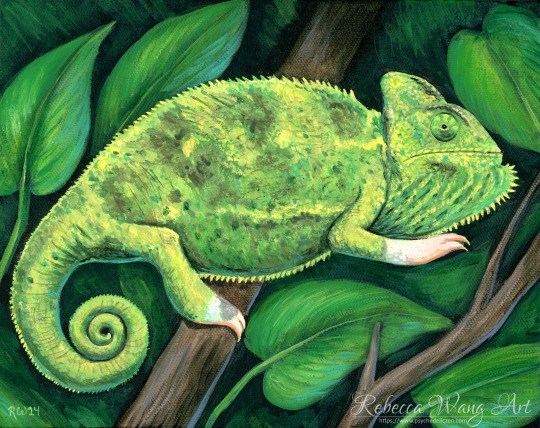
Nachito (2024)
This is Nachito, a cute female Veiled Chameleon! Her portrait was painted with acrylics on an 8" x 10" stretched canvas. She is a piebald morph, so she has pink feet and white bands around her wrists and ankles! Very unusual, and not a color morph I have seen before.
#art#artists on tumblr#traditional art#rebecca wang#acrylic painting#psychedelic zen#pet portrait#animal art#chameleon#veiled chameleon#lizard#reptile#herp#herpetology#herps
43 notes
·
View notes
Text

Veiled chameleon (Chamaeleo calyptratus)
68 notes
·
View notes
Text
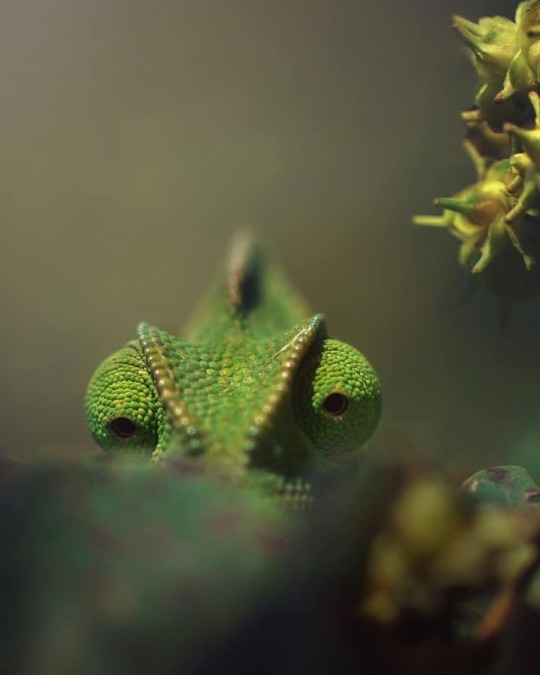
Wildlife Photographer Documents Magical Moment When He Locks Eyes With an Animal
Veiled Chameleon
Photographer: Shaaz Jung
43 notes
·
View notes
Text
Time for some work appropriate valentines message!



Nothing fancy as I didn’t feel like drawing on the whole board.
#art#artists on tumblr#dry erase#dry erase marker#veiled chameleon#hand drawn#drawing#valentines day#happy valentines#cute#cute animals
5 notes
·
View notes
Photo
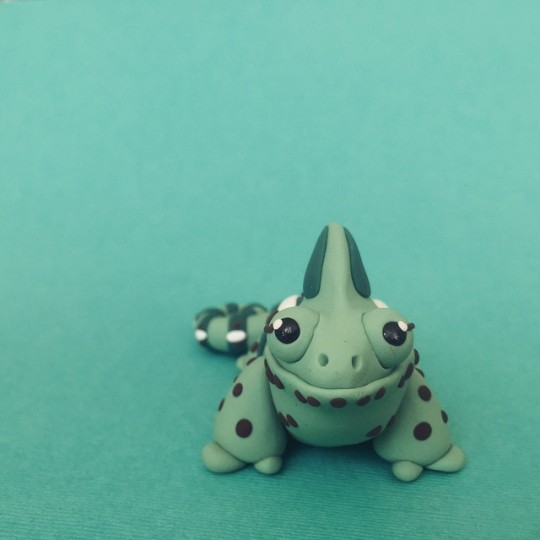
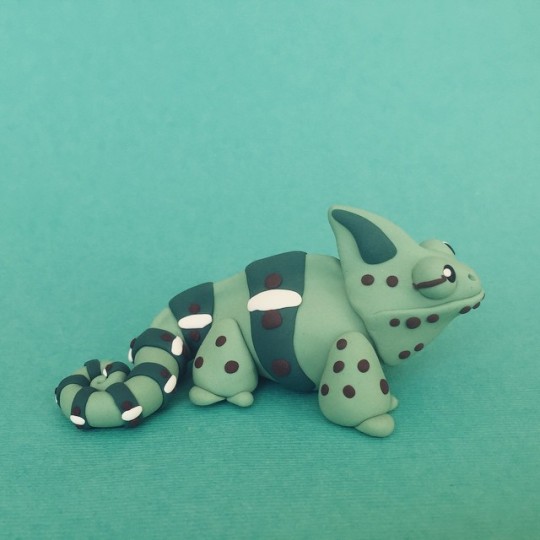
Just tryin' to blend in~🦎
#chameleon#reptile#spotted#veiled chameleon#lizard#cold blooded#polymer clay#sculpture#handmade art#miniature#my art#handmade#SimonSaysMacy
53 notes
·
View notes
Note
Hiiiiiiiiiiiiiiiiiiiiiiiiiii!!!!!!!!!!!!!!!!!!!!!!!! what's the thingy on your profile pic? My guess is somesort of creeeeture within amber, correct? If so, what kind of creeeeeture is it? it's got a funky head it's pretty cool
Also I just remembered I can color text on the tumble so yeah I'm having fun with that hope you don't mind
HHHHHHHHHHOIIIIIIIIIIIIIIIII
Thr creature is a chameleon! I didn't have a species in mind but after some research I guess it's a mix of the big crown of the Veiled chameleon and the angled jaw of a Panther Chameleon to get the arrow shape.


Panther Chameleon Skeleton by Exifia on Deviant art.
There was a hubbub a few years ago about an amber specimen containing a chameleon, but that was later proved to be an Albernapid amphibian calked Yaksha by Susan E. Evans.

So a few things inspired it, like Jurrasic Park abd some amber related news at the time. But I think the main inspiration was the power and golden eggs from Splatoon.

This was unintentional but I think it's transformative enough to be okay.
The bean shape was inspired by the famous "gummy bear" amber fossil from Slupsk, Poland.
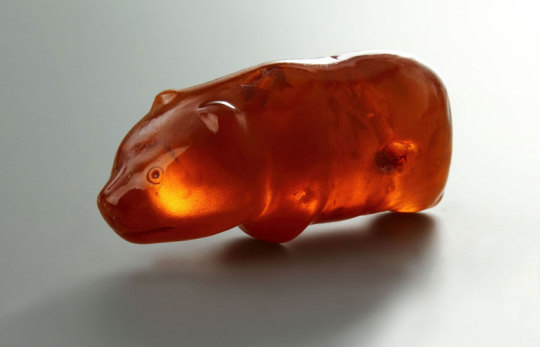
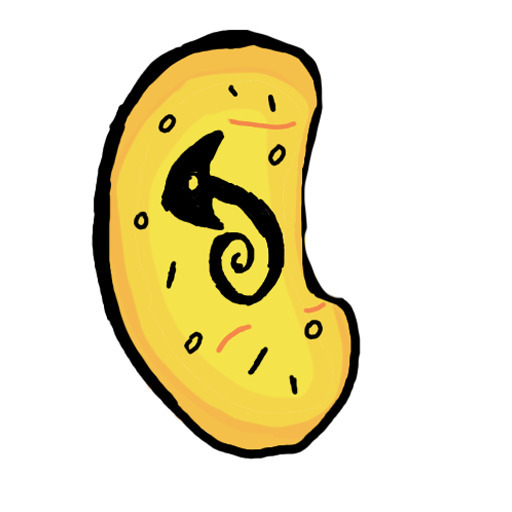
Sometimes, my mind conflates gummy bears and jelly beans lol.
Sorry if this is a bit rant-y, I try to keep track of where the inspiration for my art and designs comes from. I want to remake it at some point with cleaner lines and a better gradient, but I also like the more janky lines atm so we'll see when/if it happens.
Oh and I DON'T MIND THE COLOURS.
WWWHHHOOOOOOOOOOOOPPPPPP!!!!!!!
#Yaksha#Albenerpetid#Amphibian#Chameleon#veiled chameleon#panther chameleon#Squamate#amber#art#my art#gummy bean#profile picture#reptile
7 notes
·
View notes
Text
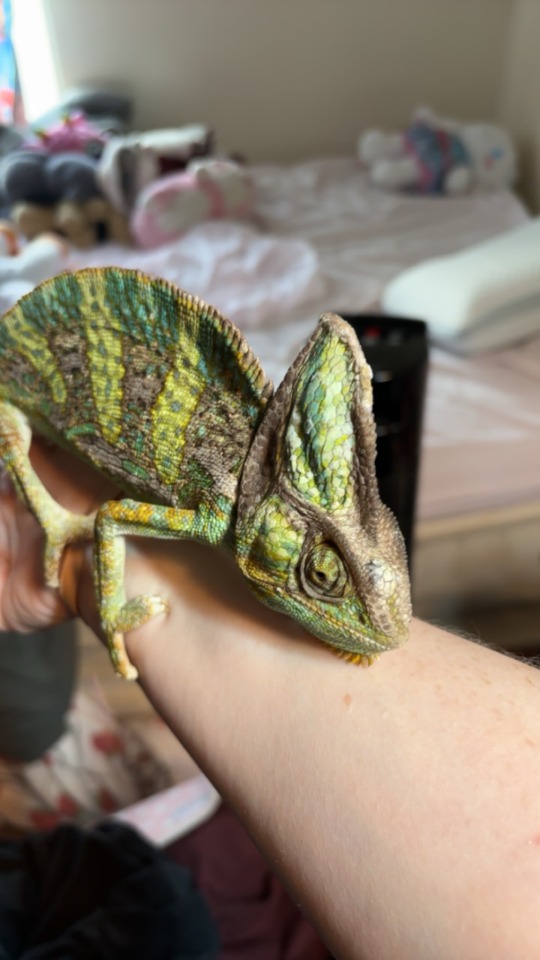

Baby man pre and post vet
4 notes
·
View notes
Text


Please vote for whichever baby animal is cuter, not whichever animal you like more!
#cute#animals#baby animals#bracket#tournament#poll#tumblr tournament#cute animals#poll blog#zoology#snake#python#ball python#chameleon#veiled chameleon#reptile#reptiles
33 notes
·
View notes
Text
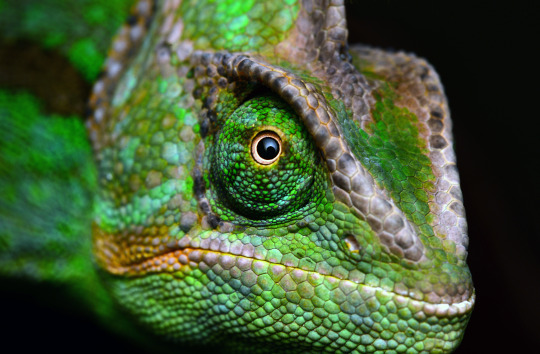

Chamaeleo calyptratus - adult male
The veiled chameleon (Chamaeleo calyptratus) is an arboreal species of chameleon. It is native to the south-western Arabian Peninsula (Yemen & Saudi Arabia) where the climate is semi-arid and tropical. It is highly susceptible to stress which makes it a species difficult to treat in captivity.
I raised this guy from a baby, but you definitely need to give chameleons plenty of space to roam and hunt. Any species of chameleon should absolutely not be kept in small terrariums, but sadly when kept as pets they often are confined to much too small of spaces. I kept him in a large, tall open air cage where he had plenty of space to hide and hunt, and he acclimated quite well.
#photography#nature#nikon#original#photographers on tumblr#art#macro#chameleon#veiled chameleon#reptiles#snakes#gecko#lizard#animals
61 notes
·
View notes
Text

veiled chameleon
Snooze & Study Sounds
#relaxation#asmr#relax#nature#nature photography#veiled chameleon#wildlife photography#animal photography#photography#lizards
0 notes
Text

Beman the Veiled Chameleon (2024)
This is Beman; he is a veiled chameleon (Chamaeleo calyptratus) in his striking yellow and green and orange coloration. His portrait was painted with acrylics on a 9x12 inch (23x30 cm) stretched canvas.
#rebeccawangart#rebecca wang#psychedelic zen#art#artists on tumblr#chameleon#veiled chameleon#lizard#reptile#herpetology#acrylic painting#pet portrait#acrylics on canvas#traditional art
37 notes
·
View notes
Text
I'm just a convenient path to his favorite plant
0 notes
Text





Making each baby a dedicated post of appreciation
Green bean is so wonderful he's one of the lights of my life and makes everything awesome
1 note
·
View note